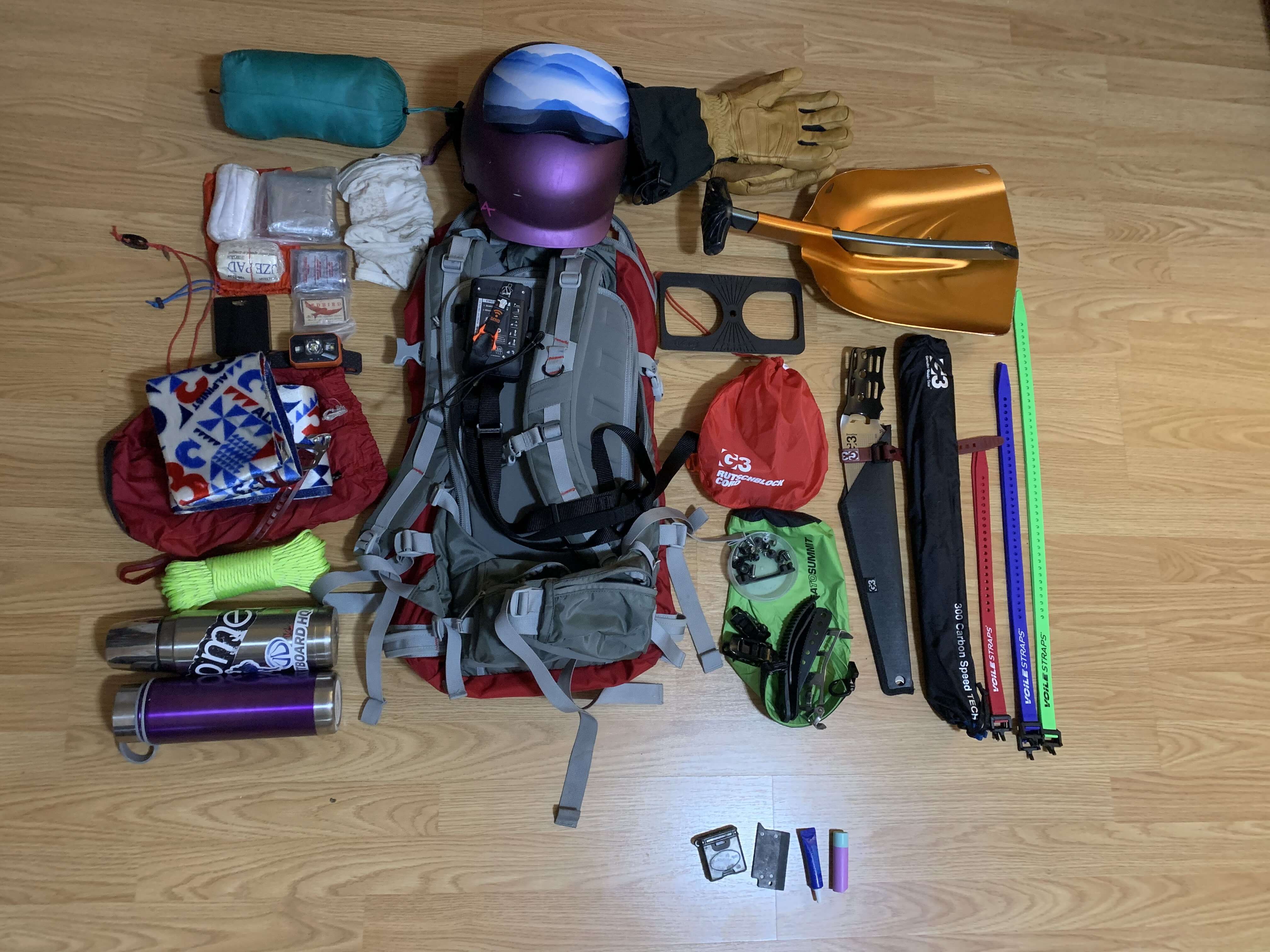I start my splitboarding season with an overexcited evening of am I ready… You know that feeling like Christmas is coming? It’s how it feels watching the snow forecasts and the freezing levels. Finally, I pull my pack out of the back of the closet and begin to check my gear and supplies. Everything I carry in my daypack is related to safety, survival and support.
The top three safety pieces of gear that I always account for first is my beacon, probe and shovel. Even though I wear my beacon it is too important not to always check functionality and battery life. I don’t simply rely on the current charge on my beacon, I also carry a complete fully charged set of batteries. A beacon will use up its battery life faster in search mode. The joints, cable, and small securing systems get looked over on my probe and shovel.
BCA Tracker 4 Avalanche Transceiver
$449.99
Avalanche Safety Gear Guide Why Take an Avalanche Safety Training (AST) Course Practicing With Your Avalanche Rescue Gear: 4 Core Skills The BCA Tracker 4 Avalanche Transceiver is feature rich, sleek, intuitive, and simple to use. The BCA Tracker 4… Read More
Next is my riding gear, as to what goes with my pack and splitboarding. This gear goes further than just my goggles and helmet. My other items include skins, extra hardware and a tool for repair and tightening. Skins are an obvious addition but the spare hardware is new for the people starting into the backcountry. The correct screws, buckles, and spare pieces for your make and model is essential. If something were to break/fallout on your bindings it will make travel slower than expected. Though these pieces are useless without the matching tool. I purchased my Spark R&D parts at Splitboard HQ; they also carry karakorum. I also carry medium rated locktight 243 threadlocker with me to prevent having to retighten screws. I keep my tool and lock tight in my cargo pocket of my shell pants. In my opposite side pocket, I carry a scraper and lip balm. Oh! I forgot to mention ski straps. These are vital as they have been used to hold snow covered skins to boards, close broken boots, strap packs together and help to build emergency shelters.

I enjoy digging snow pits and “geeking” out on the snow pack so I never go without my G3 Bonesaw, rutschblock cord and compass with inclinometer capability. Taking a certified Canada Avalanche Course is essential to understanding the use of this equipment and taking the first steps to being safe in the backcountry.
For first aid support and survival, I have minimal kits. Enough to support and stabilize smaller limb injuries as well as clean dressings for open wounds and to slow bleeding. Survival pieces include 50ft of paracord, emergency blanket, waterproof matches with fire starter packs, and a headlamp with fully charged batteries. My personal survival pieces for my day pack include an emergency layer (usually a down jacket) and an extra set of extremely warm gloves. If there were to be an incident I wouldn’t be moving around as much so keeping warm is a high priority.
Loading your day pack for splitboarding may seem overwhelming when you are first starting out. After a few seasons of skinning up slopes and riding down the snow-covered terrain packing will become second nature. Don’t forget to pack water because eating snow will dehydrate you in the long run. Be prepared to head out in the snow and mountains, and more importantly be prepared to have fun.







